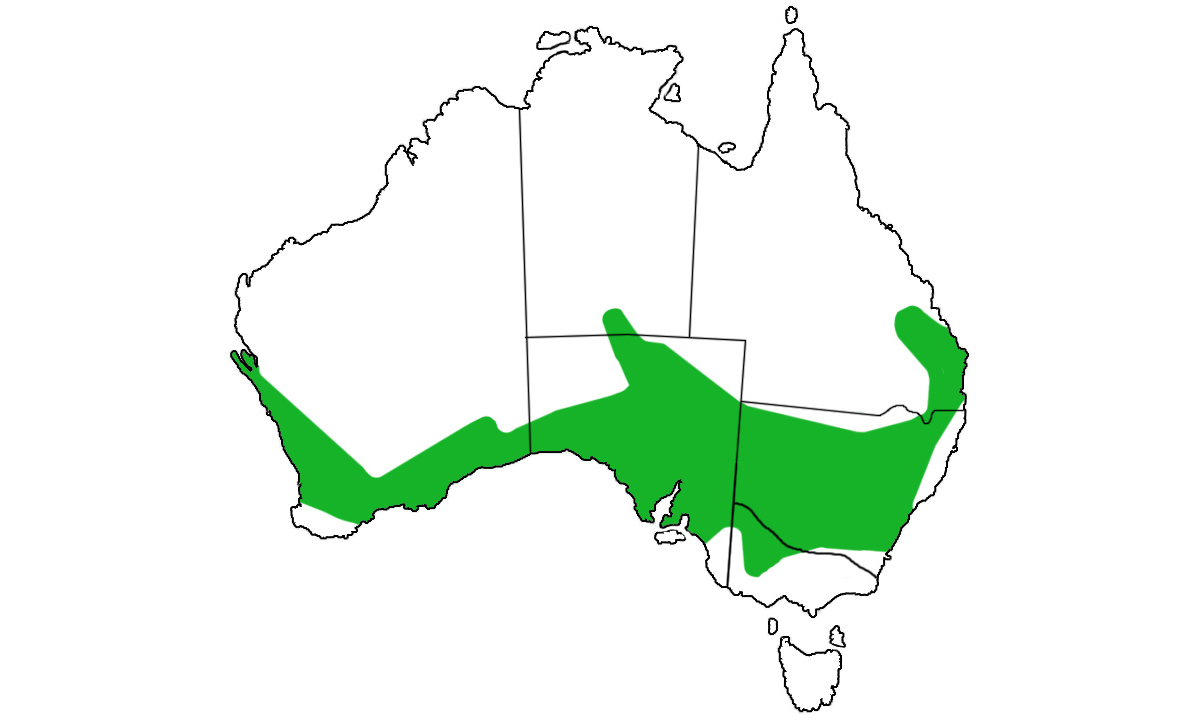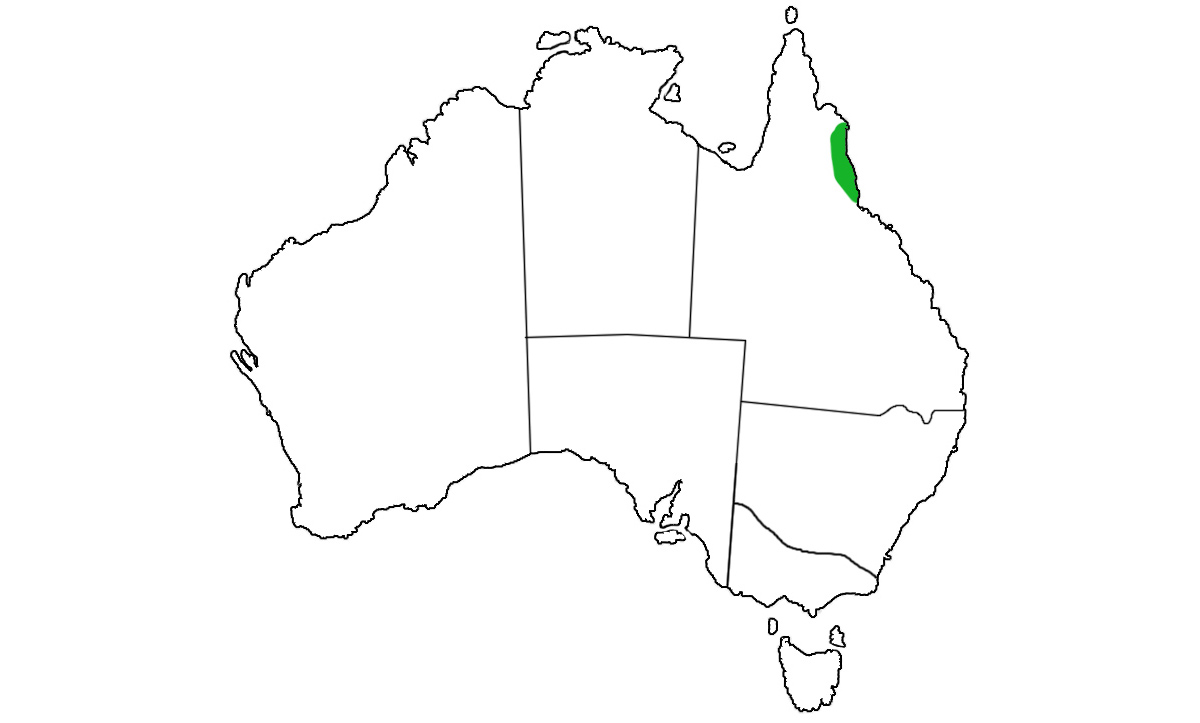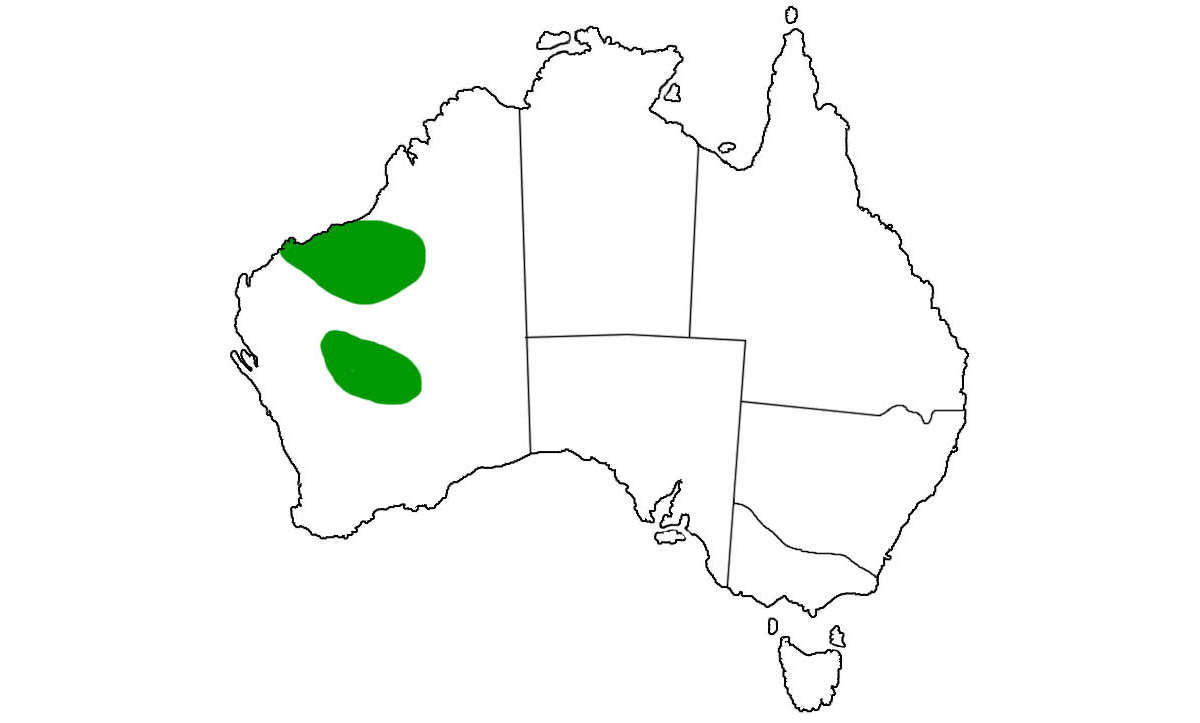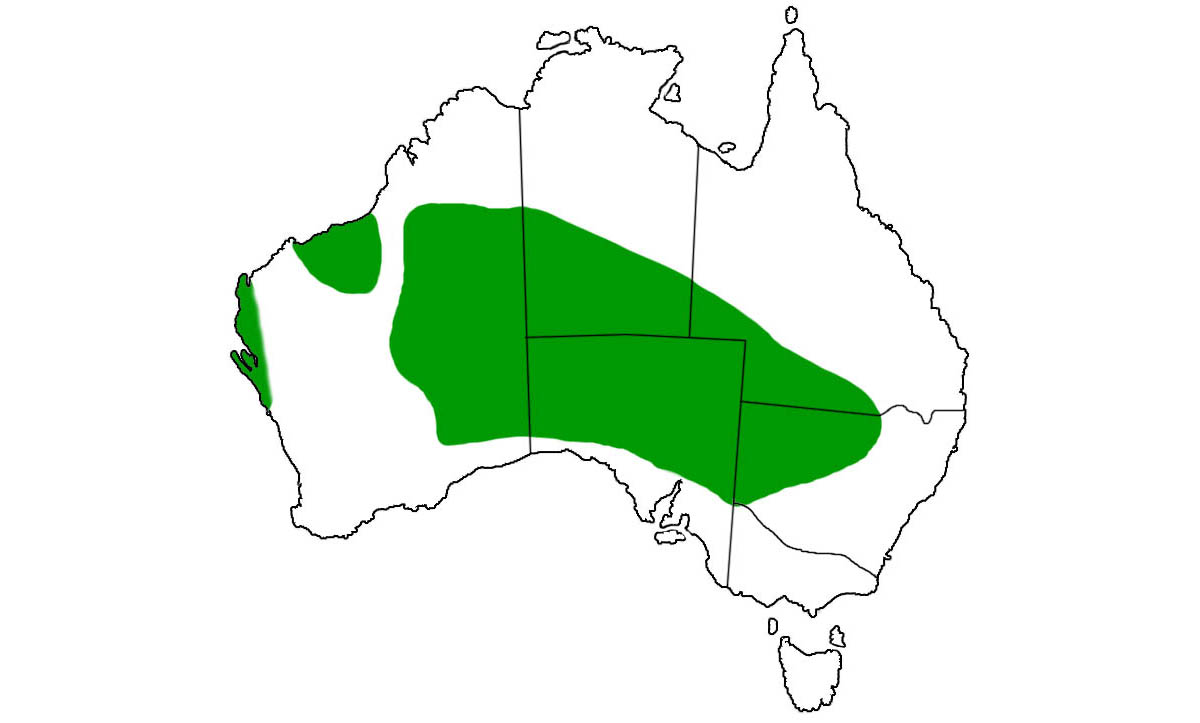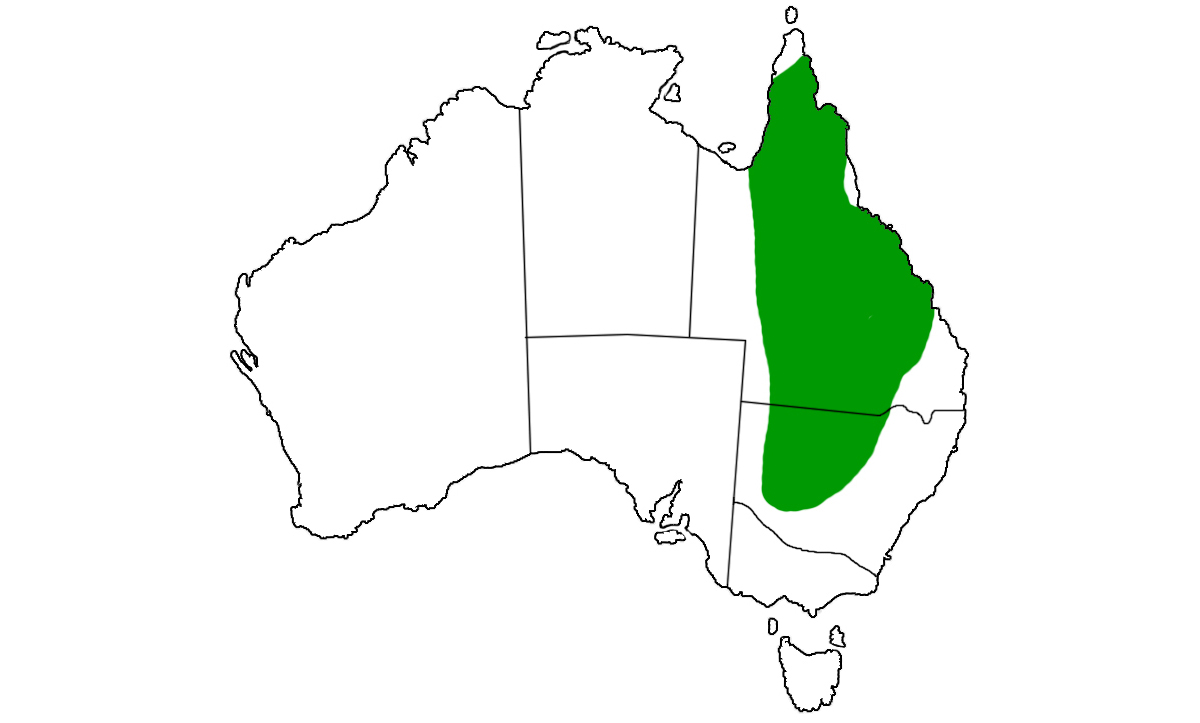Thick-tailed Gecko
/Underwoodisaurus milii or Thick tailed Gecko
The thick tailed gecko inhabits many environments including wet and dry sclerophyll forest, open grasslands, scrubland and even desert, particularly those areas associated with rock outcrops. It is found in south-east Queensland, and extends down over much of southern Australia except the far southeast and southwest. It is often found in backyards, sheltering under logs and rocks. Its scientific name (Underwoodisaurus) isn't referring to where this gecko likes to shelter. Rather, it is named after a Mr Underwood, with Underwoodisaurus meaning 'Underwood's lizard'.
If threatened, the Thick tailed Gecko raises itself up on its skinny legs, waves its tail from side to side and lunges at the threat producing a croaky barking sound at the same time, hence its other common name of barking gecko. As with other geckos, only two eggs are produced at a time, usually in spring or early summer. Several clutches may be produced during good seasons, with about a month's interval between each. The eggs incubate for approximately two and a half months before they hatch.
Did you know...
- The thick tailed gecko has a scientific name (Underwoodisaurus) that isn't referring to where this gecko likes to shelter.
- The thick tailed gecko is named after a Mr Underwood, with Underwoodisaurus meaning 'Underwood's lizard'.
- Thick tailed gecko raises itself up on its skinny legs when threatened, waves its tail from side to side and lunges at the threat producing a croaky barking sound at the same time, hence its other common name of barking gecko.
Range of Thick tailed Gecko in Australia:


